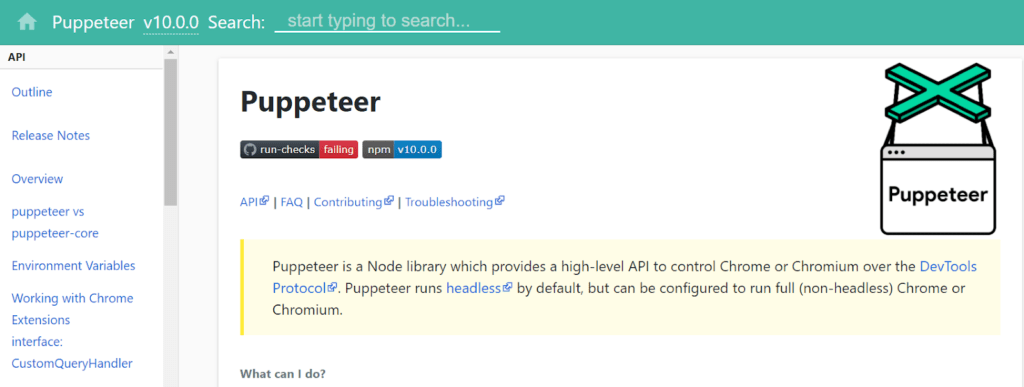
Continuous testing is an integral part of the DevOps process. It’s almost holistic in its nature, focusing on communication between colleagues and teams to attain the best result. The DevOps lifecycle includes:
- Continuous integration
- Continuous testing
- Continuous delivery
- Continuous deployment
Continuous testing allows you to deliver web and mobile applications faster to your clients. It provides quicker feedback for developers, meaning they can avoid the dreaded bottleneck between development and testing. It also allows for higher-quality code to be produced, as it’s tested after every integration with the main source repository.
All of this means your team can work quicker and more efficiently – even from home if they have an efficient VoIP router – but your continuous testing has to be up to scratch, not just ticking a box in DevOps best practices.
Not sure how to optimize your continuous testing strategy? We have some tips to help you get it right.
1. Build in a feedback loop from the beginning
You know when we said DevOps was all about communication? Well, you’ll need to implement that within your organization – and lots of it. Before you can start an effective continuous testing process, every team involved in the process should be in the loop.
The effect is that collaboration is improved and people are working towards a singular goal – the launch of your newest software in its best form. Hopefully, they’ll continue talking and bringing different perspectives to problem-solving, leaving you with some unusual solutions that might just make you the best in the sector.
2. Use your test automation suite to its full potential
At the heart of continuous testing is a test automation suite. This allows you to create and perform automated checks on the code being written at every stage of the DevOps process. However, it can be tempting to use only select tools to develop your test suite, perhaps because they’re the ones you’re used to using.
Many people have tried to force Selenium to perform checks at the API level and consequently been frustrated at the results. It might be worth considering that Selenium, in this case, doesn’t operate on the web service level, so the operation you’re trying to push through is unlikely to give you the results you want.
Consider that there might be a better tool for the job – perhaps you’ll have more success using something like Postman or Paw.
Then there’s the danger of missing useful features in the programs you’re already using! Plenty of test automation programs offer a variety of qualities, and it’s easy to get carried away adding program after program to your suite.
Loadero, for example, allows you to set up web teleconferencing with ease – a must-have in today’s remote working world.
Why not give your developers time to learn the ropes of each new program you introduce? This could involve courses or reading up on the program, connecting with mentors, or just playing around with it until they’re aware of its capabilities and where they end.
Regular test practice for things like DevOps in the cloud will leave your team up-to-date and ready to tackle any challenge that comes their way.
3. Get ready to be flexible – and persistent
Continuous testing is more of a concept than a structured set of rules. Your version of continuous testing is likely to look very different from the next person’s because it all depends on what you’re producing and the tools you’re using to do so.
There are general end goals – identifying and fixing bugs early on in the development cycle and producing software at a quicker rate than otherwise – but there are almost innumerable ways to go about implementing it.
This means one of the key ways in which you can optimize your continuous testing is by trusting your teams and going along with routes that may seem counterintuitive or unusual.
One overall rule is that your DevOps team should be able to design workflows to automate previously manual tests, the results of which should be collected in a centralized repository. This allows your team to keep track of which issues are appearing and fix them before they become a problem.
Once issues are identified, the persistence part comes in. Not in a ‘doggedly attempting something that isn’t working’ kind of way – more in a way where the entire DevOps team is focused on product-based goals rather than project-based ones.
Having the whole team thinking about overall goals means you’ll likely gather more data and insights from varying stages of the development cycle. Then, you’ll be able to predict future issues before they arise.
4. Try out headless browsers
Headless browsers – like Puppeteer, HTML Unit, and Headless Chrome – allow you to run browser tests without involving a user interface (UI) or graphical user interface (GUI). You should be using them in your testing strategy for any web application.
This can be particularly useful in scaling continuous testing, as it allows the tests to be run efficiently. Headless browsers require less RAM and processing power to run and offer results much more quickly than their traditional UI and GUI counterparts.
This speedy feedback is a key feature of continuous testing and allows developers to identify and address issues before they take root and get lost in a tangle of code.
These free tools allow you to carry out performance auditing, accessibility testing, and unit testing all using JavaScript – which may well make continuous testing more accessible for your employees.
Building something like a CCaaS platform means your end product will have to be flawless: clients will be expecting customers to have a streamlined experience from top to bottom. In this instance, continuous testing and headless browsers are crucial, not least because the customer service software industry is moving at a rapid pace.

5. Utilize your whole DevOps team
Blending development and operations together is about just that – a merged approach, in which each team member should be involved in the testing. That might even include UX professionals.
The end goal for everyone in the team is to deploy a brilliant product, and for that, your team must work together to continuously build, test, rebuild, and test again. There is shared responsibility for the quality of the final product or project, and it’s not just a select few who should be thinking about key performance indicators.
That means you won’t just have QA testers; you should have a team full of members ready to collaborate to ensure the goal is met, even if they have to use a cloud communications platform to chat remotely.
Similarly, your QA testers will need to be flexible: they should be able to confidently switch from one area of the pipeline to another, from development to deployment. That means they should have a vast range of skills, including everything from Container Concepts to Infrastructure Automation.
The takeaway
A seamless continuous testing practice is all about trusting your teams and having your goal in mind from the outset of your project. Your teams must have the freedom to explore a program’s capabilities and to suggest unexpected solutions to problems.
They also need to trust one another, bringing various specialties and expertise to the table, and feel confident in voicing opinions. After all, DevOps is a way of working, not an easy program you can plug in and let run. Build a stable, optimized process, and you’re onto a winner.




